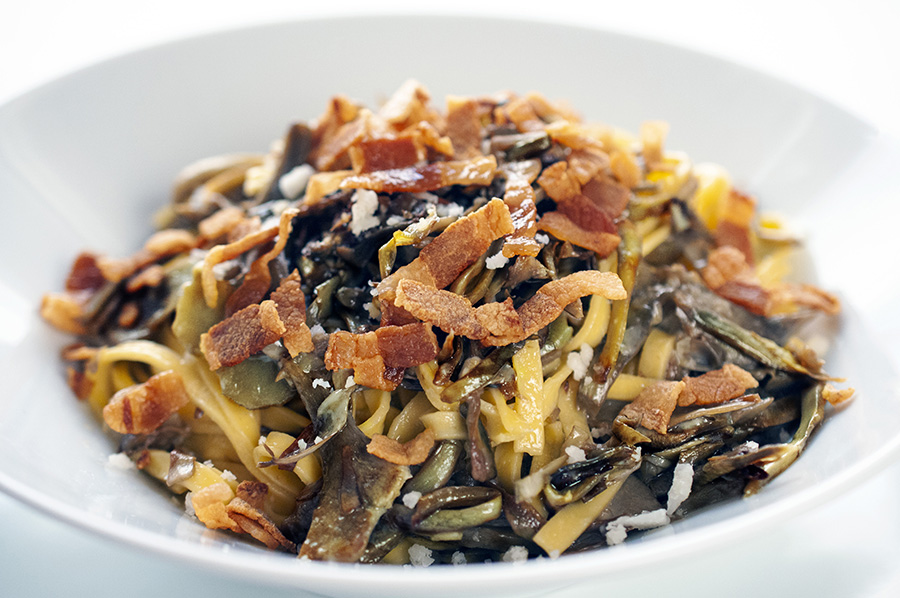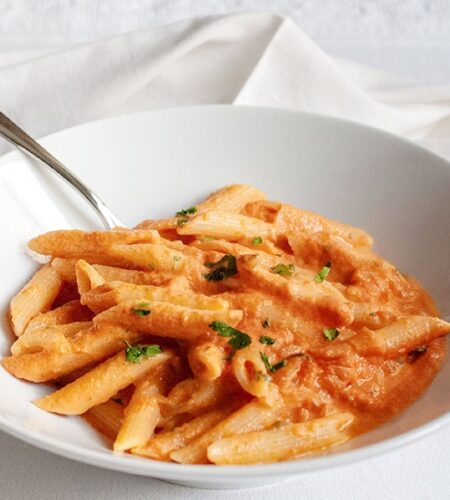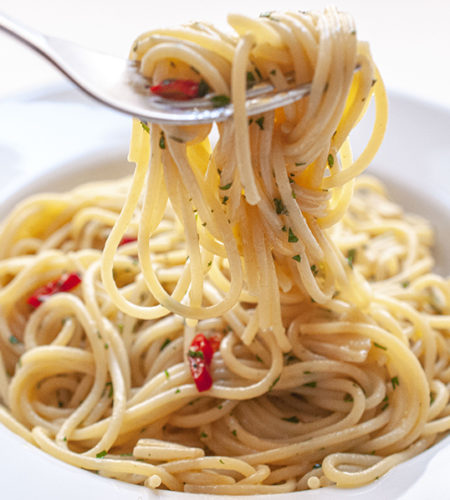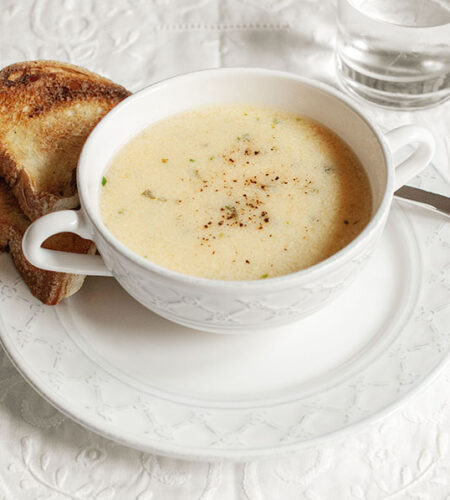A relatively simple recipe to make! The only difficulty lies in cleaning and cutting the artichokes well. This dish is absolutely Roman: artichokes, guanciale, and pecorino are among the main foods of the capital’s cuisine… yum yum yum!
Fettuccine with artichokes, guanciale, and pecorino
- Preparation time: 60 minutes
- Ingredients for 4 servings
- Difficulty: Average difficulty recipe
- Ingredients
- For pasta:
- 3 eggs
- 10 oz or 300 g of flours
- For the dressing:
- 3 artichokes
- 4 oz or 100 g of guanciale
- Roman Pecorino to taste
- Extra virgin olive oil to taste
- Salt and pepper to taste
- Instructions
- Making pasta
- On the pastry board, pour the flour, create a hole in the center, and (after slightly beating them) pour in the eggs. Knead until the mixture is smooth and aerated with lots of little holes.
- Cover with cellophane and let it rest at room temperature for one hour.
- Pull the dough with the dough sheeter up to a thickness of 5⁄64 inch. Flour the mixture well and cut into strips of about 5⁄32 inch.
- Boil the water for the pasta in a saucepan.
- Clean the artichokes. Eliminate the hardest leaves on the outside and the hard parts at the base of the artichoke. Cut off the top of the leaves. Slightly open the head of the artichoke and eliminate the hair in the center, also called a beard. At the end of the stem, remove the fibrous outer layer.
- Cut the artichokes into strips and cook in a pan with oil; let stew over low heat. Once cooked, turn up the heat to make the artichokes a little crispy. Add salt and pepper.
- Separately in a small pan, cook the guanciale (cut into strips).
- Salt the cooking water for the pasta. Cook the fettuccine for a few minutes. Drain and stir in the pan with the artichokes and the fat of the guanciale. Add the crispy bacon and sprinkle with plenty of pecorino. Salt if necessary.
Tips to ensure the success of the dish:
- Pass lemon juice over the freshly cleaned artichokes because they oxidize easily on contact with the knife blade.
- Always keep some pasta cooking water aside. This is so you’re able to lengthen the sauce, if needed, when you stir in the pasta to avoid it becoming too dry. The stirring of fresh pasta must always be done with the fire off.
- To cook the pasta in an ideal way, you need to consider 1 liter of water for every serving of pasta.




